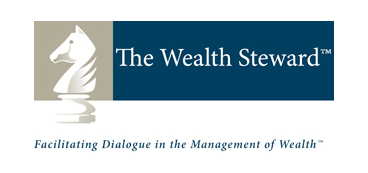By Dan Hallett on February 28, 2014
There are seemingly more ‘experts’ picks’ columns for the first 60 days of this year (i.e. RRSP season) than in previous years. In the Globe & Mail alone over the past month, there have been 5 articles giving readers ideas interested in stocks, exchange-traded funds (ETFs) and mutual funds. Other publications have run similar columns. Among the flurry of recommendations, it’s important to keep a few things in mind in the spirit of sound portfolio construction.
ETFs vs mutual funds
My initial recommendations for one of the articles included a mutual fund and an actively-managed ETF. The response to my suggestions was to please focus on mutual funds since separate columns had already run recommending ETFs. I get the rationale but it struck me that many remain stuck in this all-or-nothing mindset. As I described in this 2012 blog post ETFs and mutual funds can peacefully co-exist in the same portfolio. And the choice of vehicle should be driven by fundamentals not generalizations.
Once the purpose of the money to be invested is specified, broad objectives can be translated into quantifiable goals with associated time frames. This along with other salient aspects of an investor’s situation will point investors toward specific products based on the type of investment exposure needed. But rest assured that sound portfolio construction can nicely blend the best of what ETFs and other funds have to offer.
Blending funds with stocks
In theory blending stocks with investment funds is fine but most investors don’t construct a sensible mix. Typically we see a mix of 10 or 12 investment funds with 5 to 10 individual stocks. The broad diversification of investment funds contrasts sharply with stocks’ more concentrated exposure – i.e. typically domestic dividend paying financial, energy and utility stocks. In other words, a disproportionate amount of money is exposed to success or failure of just a few companies and sectors.
Those wishing to incorporate stocks and funds into a portfolio should treat the stock portfolio like a concentrated mutual fund and establish some common sense rules. Examples include how much to allocate to individual stocks; limits on the maximum allocation to any one stock; the number of sectors to be exposed to; and some minimum and maximum number of stocks.
Simple but sensible rules will force investors to think hard before buying each stock.
Cafeteria approach to portfolio construction
Themes come and go. Not long ago, neighbours and friends would often ask if they should buy gold. Then there was there was the BRIC investment theme. Agriculture was a big a few years ago. There’s even an ETF trading under the symbol COW. Investors loved Canadian stocks, which looked great while our dollar rose against virtually all other currencies. Now with foreign stocks outperforming and currency swinging the other way, investors are more comfortable with foreign stocks. Bonds were all the rage – but now they’re avoided like the plague. Each of these themes seemed intuitive to many at one time, prompting investors to buy up a bit of each while in favour.
This is what I call the cafeteria approach to building a portfolio. Rather than being guided by individual goals and objectives, emotions drive the decision to buy into specific themes and market segments. Many investors fall into this trap. These portfolios are easy to spot because they’re a visual mess – not just because of the long list of holdings but because of the scattered yet concentrated nature of the underlying holdings.
These portfolios almost always see meagre performance. Portfolios can be improved. The solution is simple. Just get back to basics. It’s easier said than done but the reminder is important.
=========================================
On a related note, see also this recent Forbes article which is an exclusive excerpt from Warren Buffett’s letter to Berkshire Hathaway shareholders.
- The S&P 500’s Three Surprising Traits - November 6, 2024
- Savvy DIY Investors Must Plan For Succession - September 4, 2024
- The Signs of when to Leave Your Money Manager - May 22, 2024



